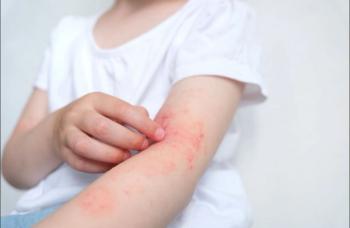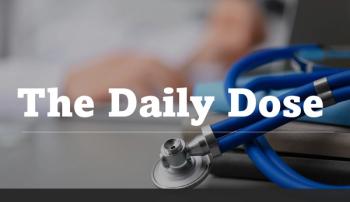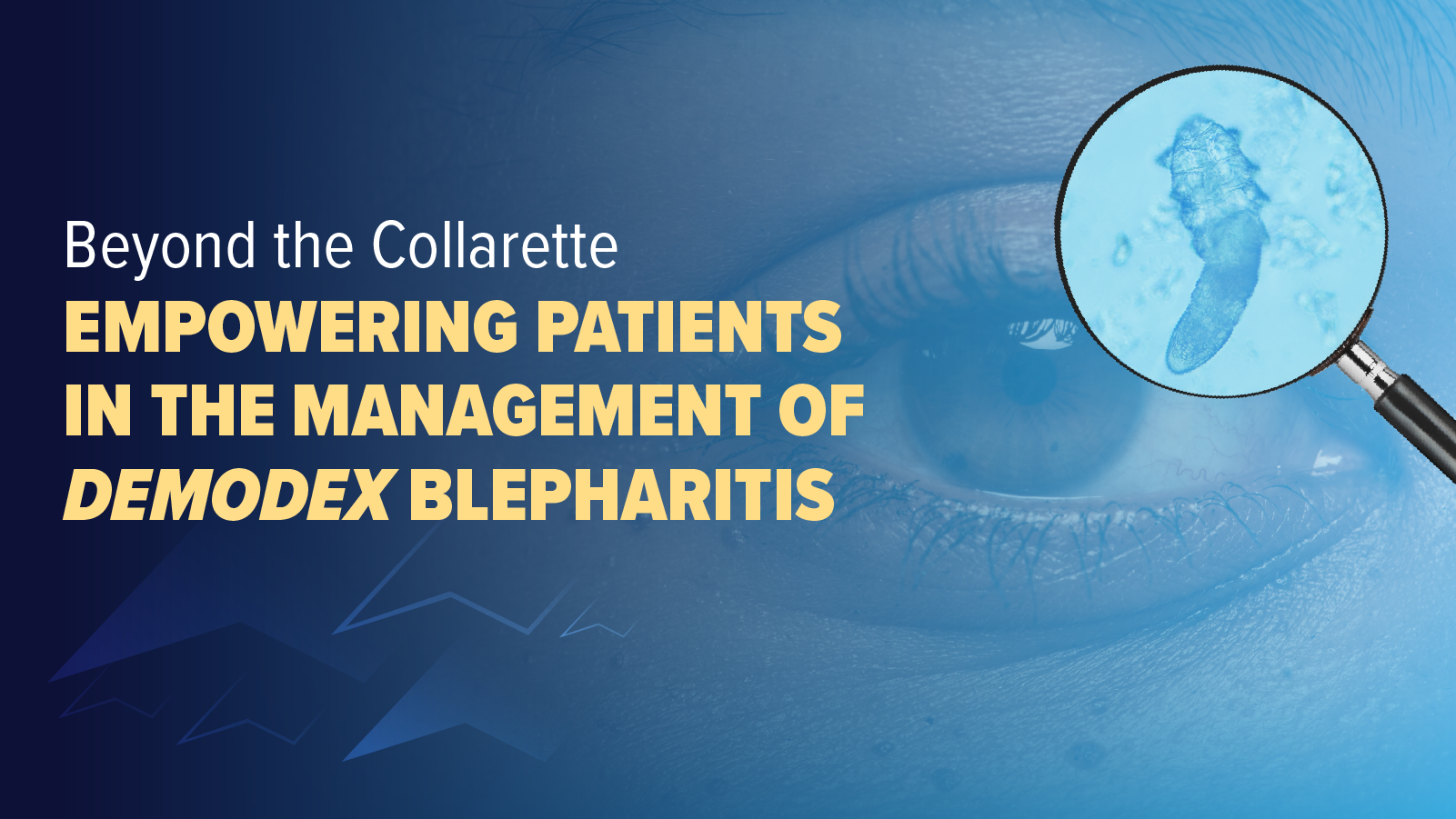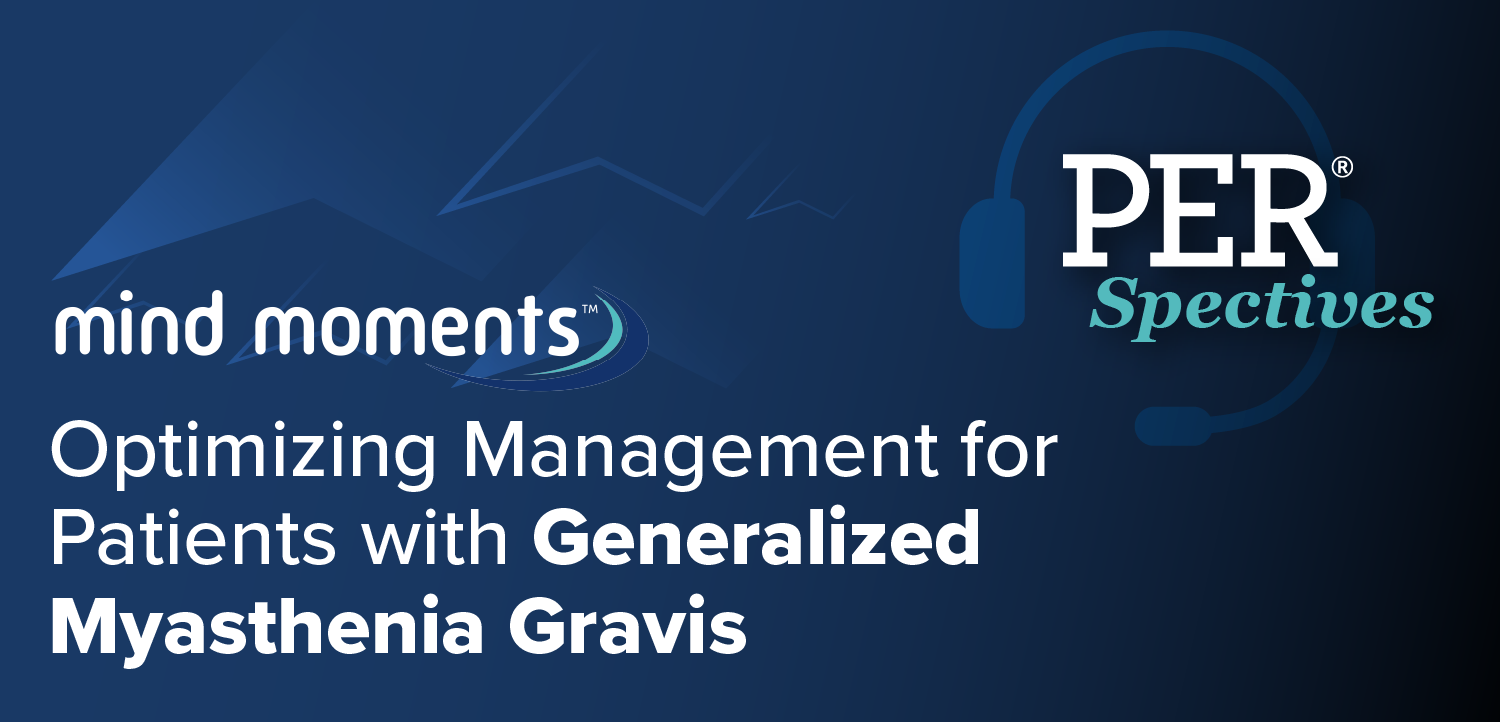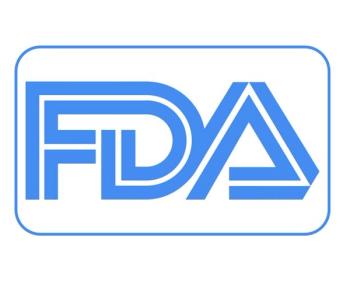
Improvements in Hidradenitis Suppurativa Observed During Treatment with GLP-1 Receptor Agonists
The statistically significant improvements seen in key HS symptoms during GLP-1 treatment for obesity suggest overlap in both mechanistic and immunologic effects.
Among adults with hidradenitis suppurativa (HS) being treated with glucagon-like peptide-1 receptor agonists (GLP-1s), findings from a new cohort study revealed a potential link between the incretin mimetics and reductions in HS disease severity, flare frequency, pain, and quality-of-life impairment. 1
“[GLP-1s], originally developed for the management of type 2 diabetes, have demonstrated major efficacy in inducing weight loss and could also possess anti-inflammatory properties," Louise Gouvrion, MD, of Rennes University Hospital, and colleagues wrote in a research letter published in JAMA Dermatology. The latter benefit prompted the current investigation into their impact on HS, according to the authors.1
For their analysis, Gouvrion et al, included 66 adults with HS treated with GLP-1s between 2017 and 2024, using data from the HS-France network and 8 French hospitals. Eligibility required a dermatologist-confirmed diagnosis of HS with a Hidradenitis Suppurativa Physician’s Global Assessment (HS-PGA) score of 1 or greater and being treated for HS for at least 3 months, according to the study.1
After 6 months of treatment, half of study participants (54%) had achieved at least a 1-point reduction in HS-PGA, with 12% achieving a reduction of 2 points or more, the authors reported. These proportions rose to 62% and 32% by study discontinuation or last follow up, respectively. More than half the cohort (60%) experienced reduced frequency of flares at 6 months and that increased to 67% at final follow-up.1 Additional improvements at 6 months at at follow-up, respectively, included:
- Improvements in pain: 52% and 60%
- Decrease in suppuration: 53% and 58%
- Improved scores on Dermatology Life Quality Index: 50% and 52%
Among the subgroup of 34 participants whose HS treatments had remained unchanged for the prior year, all outcomes showed statistically significant (P <.001) reductions at 6 months. Across the full cohort, mean BMI decreased from 39.9 kg/m2 at initiation to 37.2 kg/m2 at 6 months (P <.001).1
GLP-1s on board at baseline were semaglutide (48), dulaglutide (13), and liraglutide (5). Slightly more than half (58%) of the cohort were women. Their median age was 46 years, median body mass index (BMI) 39.4 kg/m2, and the majority (86%) had diabetes. In terms of baseline HS severity, 45% presented with Hurley stage 1, 32% with stage 2, and 23% with stage 3. Half (53%) were receiving concomitant HS therapy. Median follow-up during GLP-1 RA therapy was 18.5 months.1
HS is a chronic inflammatory skin disease that has been strongly associated with obesity. Prevalence of obesity in the HS population is estimated at up to 50%,2 with multiple factors suggested for the link that include: increased skin folds that create friction and trap moisture, hormonal changes, chronic inflammation, and the release of inflammatory adipokines and cytokines from fat cells. All can trigger or worsen the follicular inflammation and immune response characteristic of HS.2
Weight loss achieved through dietary measures or bariatric surgery has been shown to improve outcomes in HS, but sustained weight reduction remains difficult for many patients.3 GLP-1 RAs, which induce substantial weight loss and may also reduce systemic inflammation, have therefore emerged as a potential therapeutic option. 4
Gouvrion and colleagues suggested that clinical benefits may stem partly from weight loss, which reduces mechanical friction in flexural areas and decreases the obesity-related systemic inflammation. However, they also cited potential direct immunologic effects.1 Preclinical studies indicate that GLP-1 RAs may reduce inflammatory cytokines, attenuate Toll-like receptor–mediated immune responses to bacterial triggers, and promote tissue repair by lowering matrix metalloproteinase activity.1
Despite the encouraging findings, the authors noted important limitations. The retrospective design and heterogeneity of concomitant HS treatments precluded definitive conclusions about causality. Biological data, including glycemic control, were not collected, which limited mechanistic insights.
“GLP-1 RAs offer promise for patients with HS and obesity and potentially for patients without obesity through immunological effects,” Gouvrion and colleagues concluded. “Randomized clinical trials are warranted to confirm the role of GLP-1 RAs in HS management.”
References
Gouvrion L, Delage M, Villani AP, et al. Glucagon-like peptide-1 receptor agonists in hidradenitis suppurativa. JAMA Dermatol. Published online August 13, 2025. doi:10.1001/jamadermatol.2025.2723
Kaleta KP, Nokolakis G, Hossini AM, et al. Metabolic disorders/obesity is a primary risk factor in hidradenitis suppurativa: an immunohistochemical real-world approach. Dermatology (2022) 238 (2): 251–259. doi:10.1159/000517017
Weber I, Giefer J, Martin KL. Effects of exercise and dietary modifications on hidradenitis suppurativa: a systematic review. Am J Clin Dermatol. 2023;24(3):343-357. doi:
10.1007/s40257-023-00756-w Lyons D, Louly Nathan A, Pender E, et al. Semaglutide for weight loss in people with obesity as an adjunctive treatment for hidradenitis suppurativa: its impact on disease control and quality of life. Br J Dermatol. 2024;191(4):631-633. doi:
10.1093/bjd/ljae216
Newsletter
Enhance your clinical practice with the Patient Care newsletter, offering the latest evidence-based guidelines, diagnostic insights, and treatment strategies for primary care physicians.


